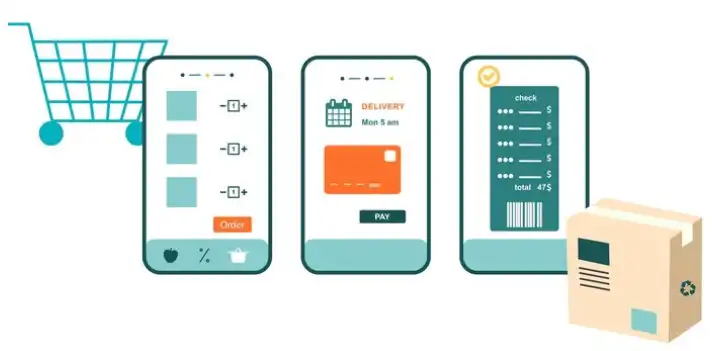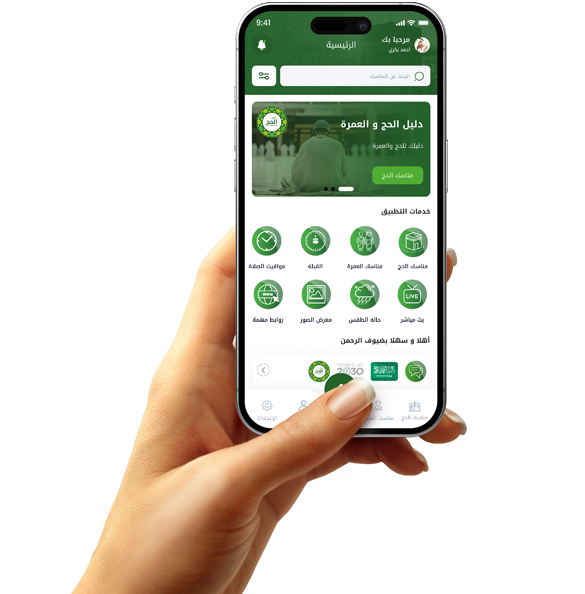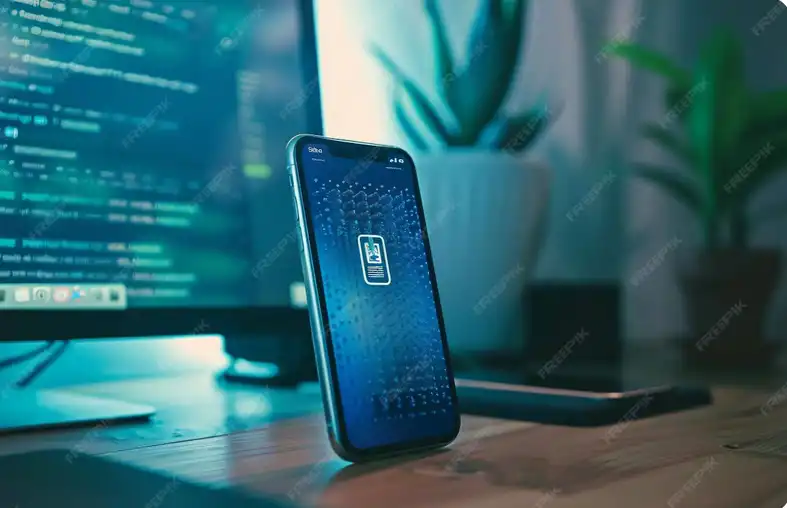How to design an attractive and easy-to-use Quran memorization app

Designing an Intuitive User Interface for a Quran Memorization App
User interface (UI) design is one of the most important factors determining the success or failure of any app, especially when it is intended to teach or memorize the Holy Quran. The interface is the first thing the user sees and the gateway to the content. Therefore, this interface must be attractive, simple, easy to interact with, and appropriate for all age and cultural groups that may use the app.
The first step in building an intuitive interface is to adopt the principle of "simplicity." Don't overcomplicate things or overload the screen with too many elements. Use universally understood icons and symbols, such as play, pause, repeat, and folder. Make buttons clear and large enough for the user to easily tap, especially on small screens. Avoid bright colors or overlapping designs that distract from the app's primary purpose: Quran recitation and memorization.

Allowing you to listen to and download recitations in a Quran memorization app
One of the most important and indispensable features of any Quran memorization app is the ability to listen to Quranic recitations. The Holy Quran was revealed in recitation, and learning it relies heavily on correctly listening to the verses recited by a skilled reciter. Therefore, this feature should not be merely an additional element, but rather a fundamental pillar of the design, and it must be implemented with utmost care.
First, access to recitations should be seamless and direct. For example, when the user selects a specific surah or juz', they should have a clear option to listen to it recited by a well-known reciter, without having to browse through multiple pages or manually download files. It's best to include a "Listen" button next to each surah and verse so that the user can activate the audio immediately.

Integrating the Tafsir Feature into a Quran Memorization App
A Quran memorization app should not be limited to repetition and listening alone, but should open the doors to understanding and contemplation. The Quran is not a book to be memorized only; it is to be understood and lived. This is where the importance of incorporating tafsir as a central feature within the app comes into play. The more the user understands the meaning of a verse, the deeper and more deeply rooted its memorization becomes in their heart and memory.
The first step to introducing this feature is to provide more than one reliable and approved tafsir. For example, the tafsir of Ibn Kathir, al-Tabari, al-Saadi, al-Baghawi, or the tafsir al-Muyassar. It is preferable that all tafsirs be officially licensed and reviewed by academic authorities. Care should also be taken to provide a simplified and concise tafsir suitable for children or beginners, with the possibility of expanding it for advanced users.

Integrating an Auto-Repeat Feature to Facilitate Memorization
One of the most effective methods for memorizing the Holy Quran is repetition. Repeatedly listening to the same verse or passage helps the mind consolidate the words and consolidate memorization. Therefore, the auto-repeat feature should be an essential and carefully considered part of any application aimed at Quran memorization.
The first important step is providing flexible repetition based on the verse or passage. The user should be able to select one or more verses, or even an entire page, and then determine the number of times they want to hear them. For example, they can choose to repeat a verse seven times, or repeat verses 1-5 of Surat Al-Baqarah five consecutive times. This freedom allows the user to control their experience according to their level and ability to memorize.















